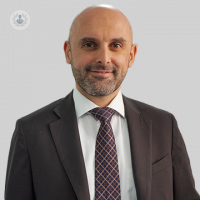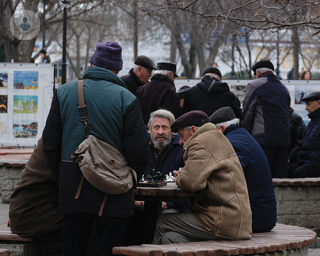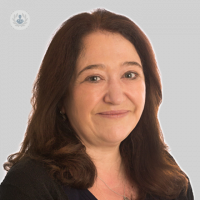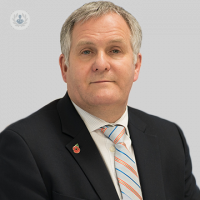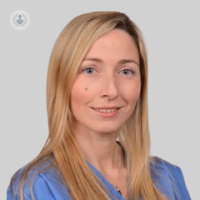Brachytherapy
What is brachytherapy?
Brachytherapy is a treatment that places sealed radioactive sources inside the patient temporarily or permanently to damage the DNA of the cancer cells and destroy their reproductive capacity, division, and growth. Brachytherapy allows the oncologist to use a high dose of radiation to treat an area in less time than conventional radiation therapy. It can be used to treat various cancers located throughout the body.
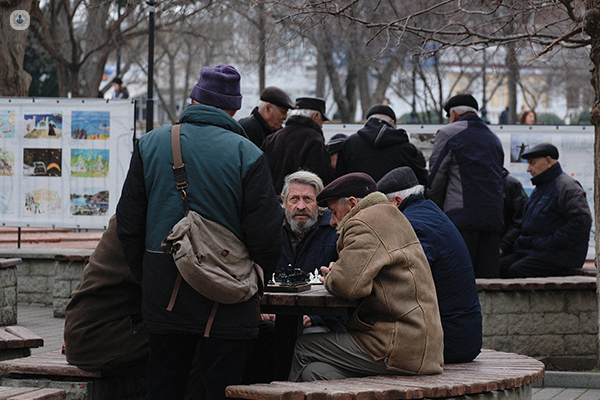
Why is brachytherapy done?
Brachytherapy is a class of radiation therapy used to treat cancer. It uses ionising radiation to kill cancer cells and shrink tumours.
It is used to treat cancers throughout the body, including:
- Prostate cancer
- Cervical cancer
- Head and neck cancer
- Skin cancer
- Breast cancer
- Gallbladder cancer
- Uterine cancer
- Lung cancer
- Colorectal cancer
What does brachytherapy consist of?
Brachytherapy can be temporary or permanent:
- Temporary brachytherapy: In this type of brachytherapy, a highly radioactive material is inserted within a catheter for a specific time, and then removed. It can be administered in low or high doses.
- Permanent brachytherapy: This is also known as seed implantation since radioactive ‘seeds’ or ‘granules’ are inserted into the tumour or close to it, and are left there permanently. After a few months, the radioactivity level decreases until the ‘seeds’ become inactive. The inactive seeds remain inside the body, without any effect on the patient.
How can patients prepare for brachytherapy?
Experts in oncology and radiotherapy will determine the necessary preparation prior to brachytherapy, which may include ultrasound or MRI scans, blood tests, electrocardiograms or chest X-rays, amongst others.
What does recovery after brachytherapy entail?
After brachytherapy, although the radioactivity of the seeds (in the case of permanent brachytherapy) decays rapidly, there are certain recommendations to limit close contact with others, especially children and pregnant women.
After brachytherapy, the patient may notice sensitivity and swelling in the treated area. However, patients can return to their work activities within days or weeks of the intervention.
The doctor will recommend follow-up sessions which are important to determine if the patient’s health condition is stable or has undergone changes. This will also allow the doctor to see if the patient has experienced any possible side effects.
Which specialist specialises in brachytherapy?
Clinical and medical oncologists specialise in brachytherapy.
